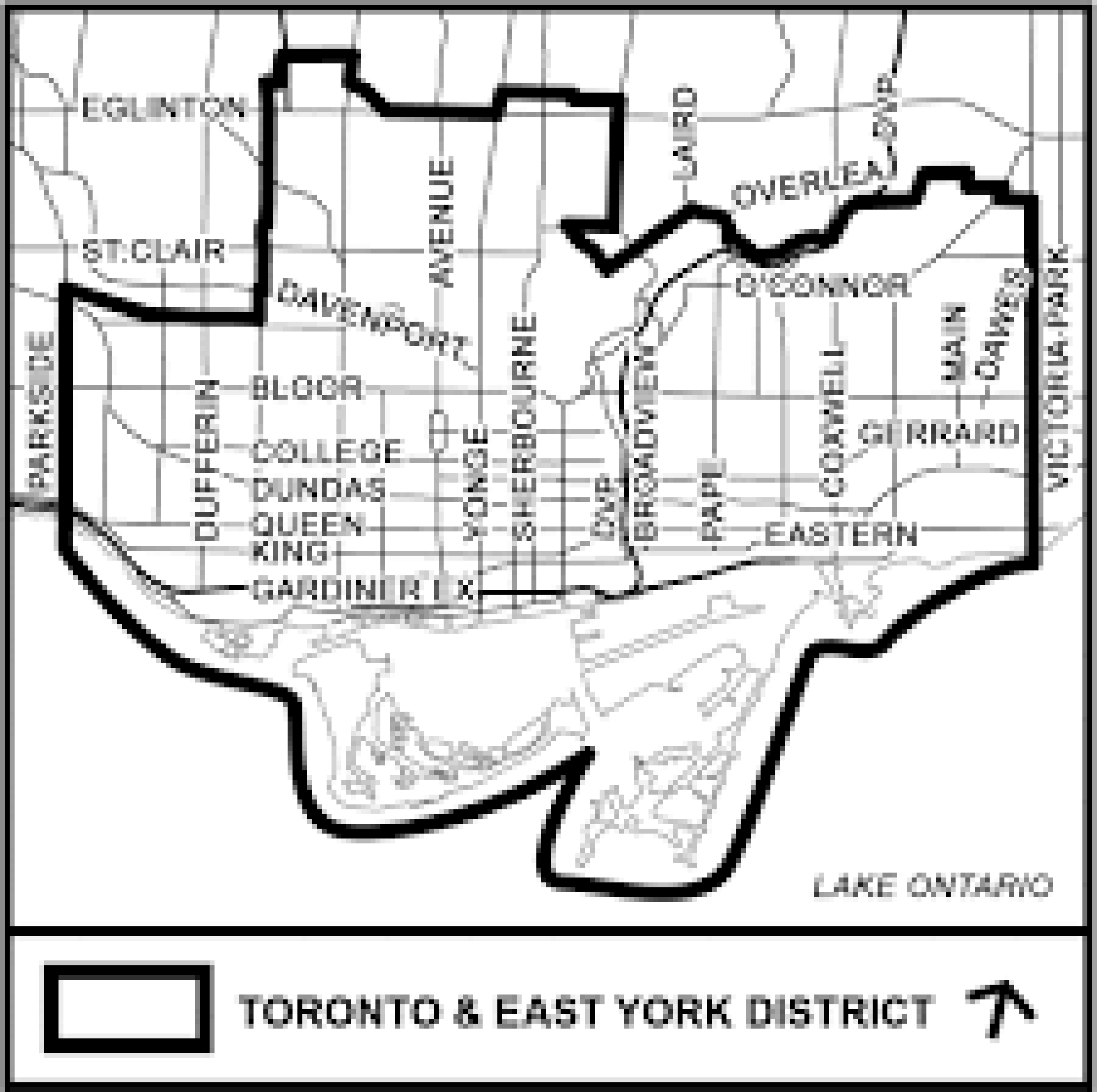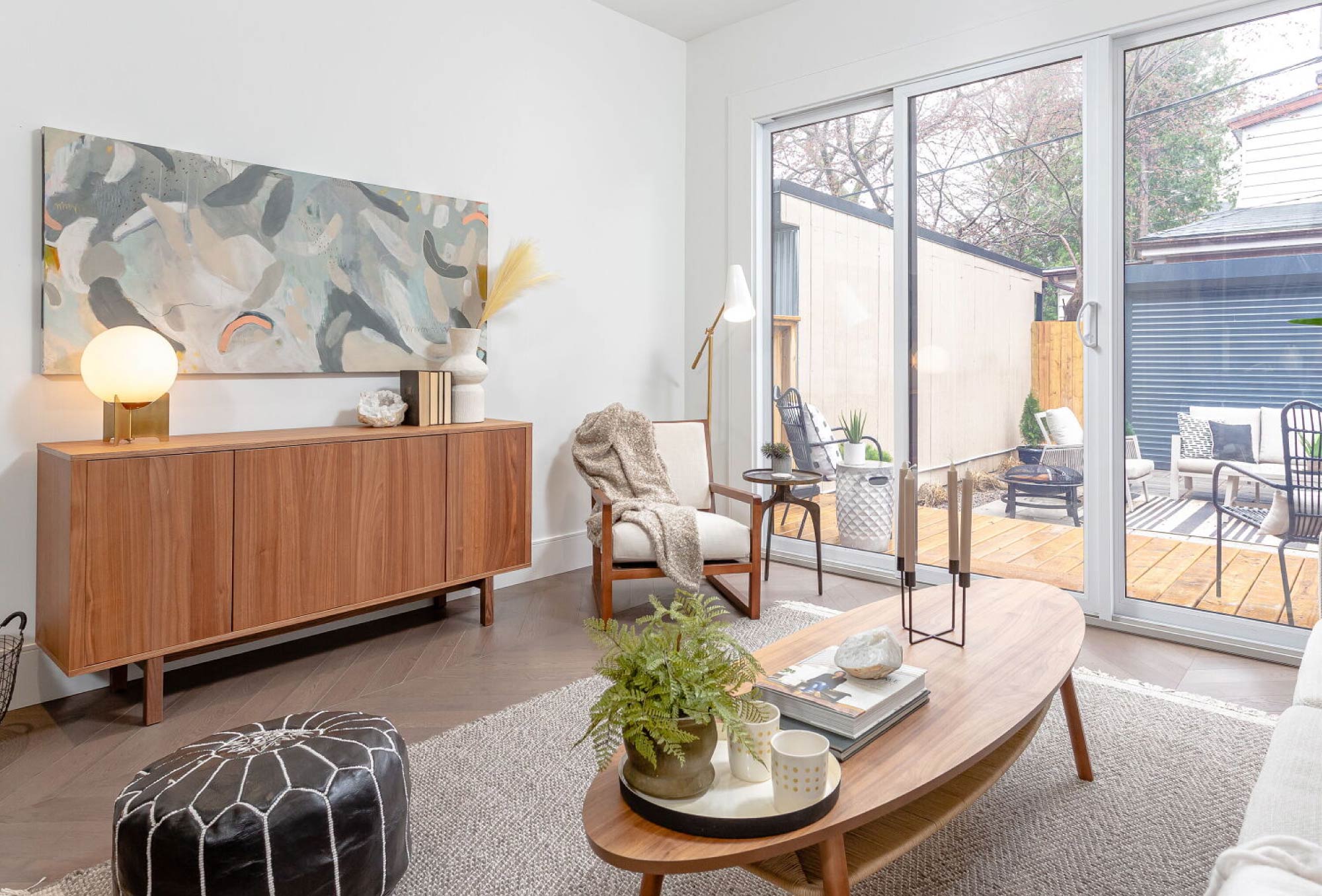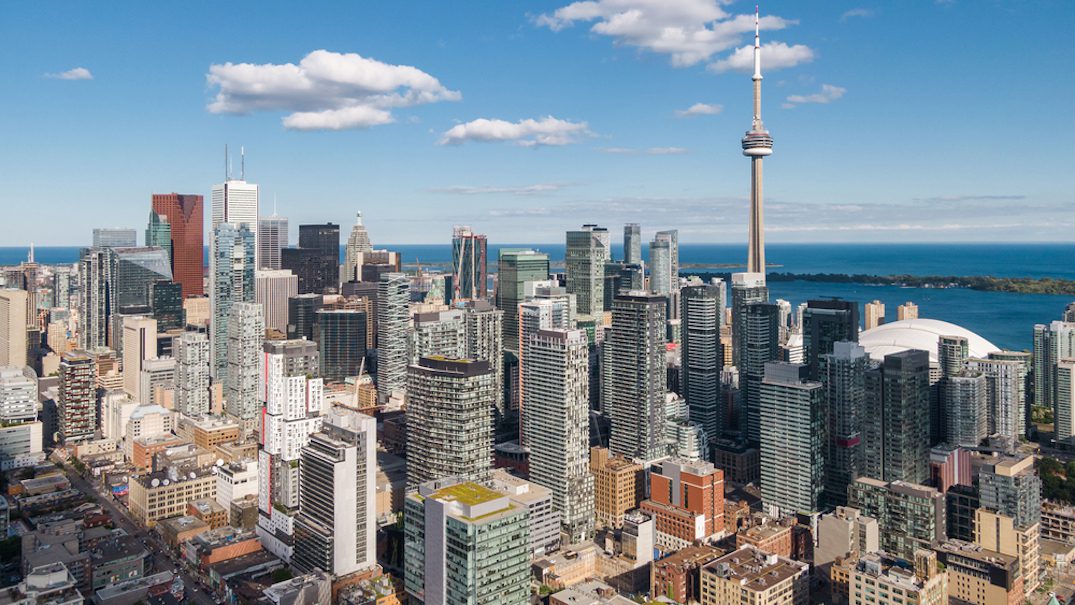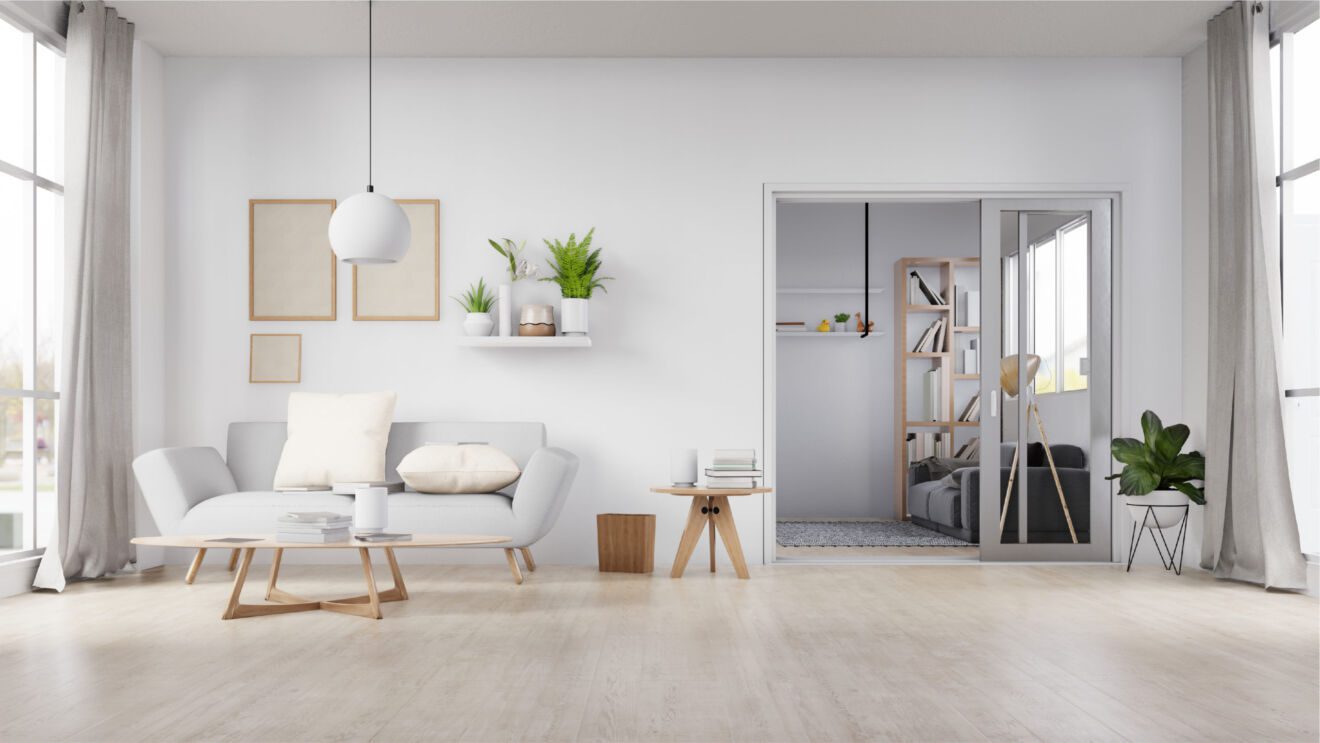
You may have seen articles popping up lately on Laneway Housing in Toronto and wonder what it’s all about. Our clients are interested and have been asking how it will impact the market, and what new opportunities it will bring.
When Toronto approved the rules for building homes on the city’s more than 300 kilometres of laneways one year ago, the new housing was frequently described as secondary suites, a term that suggested the homes would be the above-ground equivalent of a basement apartment.
What are Laneway Suites?
On June 28th, 2018, Toronto City Council passed a series of Official Plan and By-law amendments permitting laneway suites within certain zones in the city. These amendments create as-of-right guidelines that allow laneway suites to be built under certain circumstances without requiring variances through the Committee of Adjustment.
Laneway Suites Defined
A laneway suite is defined as “a self-contained living accommodation for a person or persons living together as a separate single housekeeping unit, in which both food preparation and sanitary facilities are provided for the exclusive use of the occupants of the suite and is in an ancillary building abutting a lane.”
Permitted uses include home occupations and short-term rentals (as long as the laneway suite is exclusively and separately occupied as a principal residence). No more than one Laneway Suite is permitted on a lot but having an existing Secondary Suite inside the Principal Residential Building has no bearing on Laneway Suite inclusion.
Laneway Suites are intended to be subsidiary to the Principal Residential Building on a lot, meaning that at this time it is not possible under these guidelines to sever a property and create a separate residential unit in a Laneway Suite.
This provides an amazing opportunity for property owners to unlock hidden value, literally in their own backyards and simultaneously enables the city to increase density in transit-accessible neighbourhoods with minimal intervention.
Before the passing of these amendments, the process of building a Laneway Suite was difficult, if not impossible. Now, thanks to the Changing Lanes initiative, Laneway Suites can be built as-of-right in many cases.
Where can Laneway Suites be built?
If you’re interested in investigating whether a Laneway Suite, is possible on your property, it is important to know if your lot meets the requirements set out by the new By-law amendments.
The new guidelines apply inside the boundaries of the City of Toronto and East York Community Council zones (approximately Parkside/Keele St on the West side to Victoria Park in the East and – note it gets highly irregular – from Lake Ontario up to just North of Dupont, with a jog East to Winona, North to Eglinton Ave across to Bayview, jogging South to Overlea and going East to Victoria Park). Unfortunately, this means that if your property is in North Toronto, Etobicoke, Scarborough or farther, these rules do not apply to you quite yet.

If your property is inside the noted boundary, is at least 3.5 metres wide at the rear, abuts a lane by 3.5 metres or more, and allows for a maximum travel distance of 45 metres for emergency services (either through side lot clearance of at least 1 metre or proximity of the Suite’s entrance to a public street) ….. good news! Your property may qualify for the development of a Laneway Suite. For those people in the middle of rowhouse units (with no side lot clearance), in the middle of a block (which is more than 45 metres from a public street), you may be out of luck. For now, that is.
What are the Design Requirements for Laneway Suites?
Just like principal residences, Laneway Suites are subject to a number of complex and sometimes overlapping zoning requirements. There are requirements for setbacks from property lines, separation from the principal residence, and soft landscaping for the property.
There are also specific guidelines for building height based on the size and layout of your existing dwelling, and restrictions on the shape (or even existence) of the second storey if the Laneway Suite is too close to the Principal Residential Building. Some leeway is given for encroachment into the building separation by decks and canopies, and some flexibility is built into the process by not counting the floor area of a Laneway Suite against the total allowed on a lot.
Laneway Suites do not require parking spaces for cars, although they do require a minimum of two bike parking spaces either inside or within a setback. In addition to this, any lot containing a Laneway Suite does not require parking spaces at all. However, under the City’s current policies regarding issuance of street permit parking, should the owner of a property elect to construct a laneway suite and choose to remove the on-site parking space from their lot, they are not entitled to receive an on-street permit to replace their parking in instances where they are in an oversubscribed street parking area.
If there is sufficient space on the property, the owner may incorporate a parking space within the laneway suite or elsewhere on the property, subject to any requirements related to the location of the space.
What is the Approvals Process like for Laneway Suites?
These by-law amendments are good news for property owners in Toronto and East York. They lay out a set of as-of-right guidelines for Laneway Suites – meaning that if you follow these guidelines you can build a Laneway Suite without requiring any variances. Given that timelines for the Committee of Adjustment can run upwards of four to five months (even for simple minor variances), this is a major hurdle that no longer needs to be cleared.
That being said, not every project is going to align perfectly with as-of-right guidelines. Some Laneway suites will still require variances. The City’s Official Plan suggests that variances can be sought under the following circumstances:
- To meet accessible building standards
- To meet Tier 2 of the Toronto Green Standards
- To accommodate a Laneway Suite within an existing ancillary building
- To avoid the removal or damaging of a protected tree
In these cases, a visit to the Committee of Adjustment would be required, but the variances would pertain to the specific encroachments of the By-law, rather than the entirety of the Laneway Suite project.
Once all of the City’s zoning requirements are met, the project proceeds to a building permit review to ensure compliance with the Ontario Building Code. From there the project is free to proceed the same as any other residential building.
As with any building or renovation project, Laneway Suites are likely to experience bumps in the road, but the recent amendments to the City’s By-law have made the process drastically less complicated. Many lucky property owners in Toronto and East York now have the potential as-of-right to increase the value of their property and to create space for growing families, long-term tenants, or short-term visitors.
If you want to learn more about your own opportunities for laneway housing, simply fill out our form below – we’ll get in touch to discuss how you can take advantage of laneway housing.

TRB Education Hub
Get the real estate resources you need to succeed. Visit our education hub for market insights, guides, podcasts and more.




